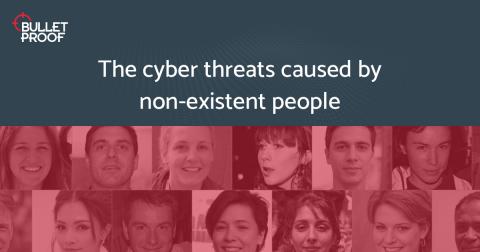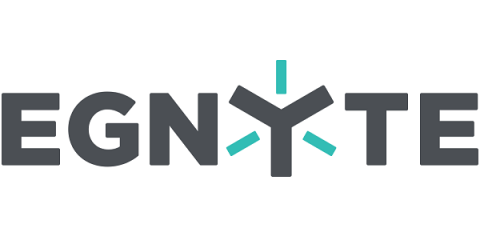All about security analytics
With or without a security operations center, and whether your network is on premises, in the cloud, or a hybrid, you need to determine which events and indicators correlate with cyber attacks. Organizations these days face a wider range and greater frequency of cyber threats than ever before.








